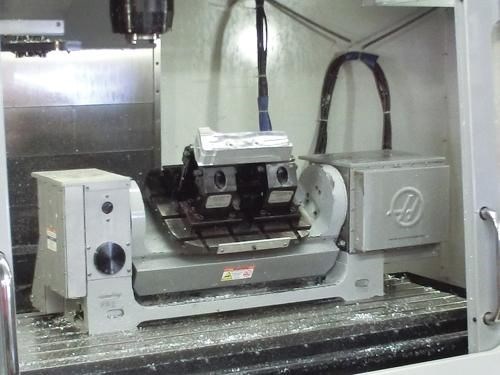Keeping an Eye on Five
Five-axis machining is becoming more popular. Here’s an online source for five-axis machining articles and video.
Share



Takumi USA
Featured Content
View More

Hwacheon Machinery America, Inc.
Featured Content
View More



.png;maxWidth=45)
DMG MORI - Cincinnati
Featured Content
View More
Five-axis machining is becoming more widely adopted in leading machine shops. In some cases, shops simply appreciate the ability to use the fourth and fifth rotational axes to orient the cutting tool or workpiece in a variety of fixed positions prior to machining. In other more advanced cases, full-five-axis contouring is used to simultaneously rotate those axes during the cut to effectively create complex geometries for parts such as impellers, blades and blisks.
This year’s IMTS will feature a hearty selection of new five-axis machine models for both applications. Many of the equipment write-ups machine tool builders sent to us for our August and September IMTS products sections detailed new five-axis machines that will be introduced at the show.
But before heading off to Chicago to check out those machines, check out the various articles we’ve written about this machining strategy in our Five-Axis Machining Zone.
Related Content
-
Five-Axis Machines Speed NASCAR Engine Production
Moving from an aging set of five-axis mills to more advanced machines enabled Hendrick Motorsports to dramatically improve its engine production.
-
The Power of Practical Demonstrations and Projects
Practical work has served Bridgerland Technical College both in preparing its current students for manufacturing jobs and in appealing to new generations of potential machinists.
-
Investing in Automation, Five-Axis to Increase Production Capacity
To meet an increase in demand, this shop invested heavily in automation solutions and five-axis machines to ramp up its production capabilities.





































